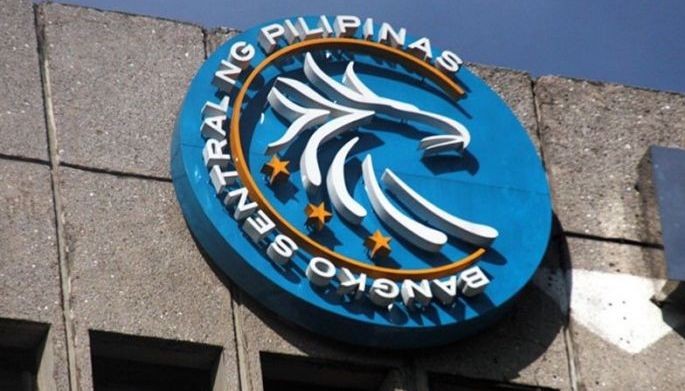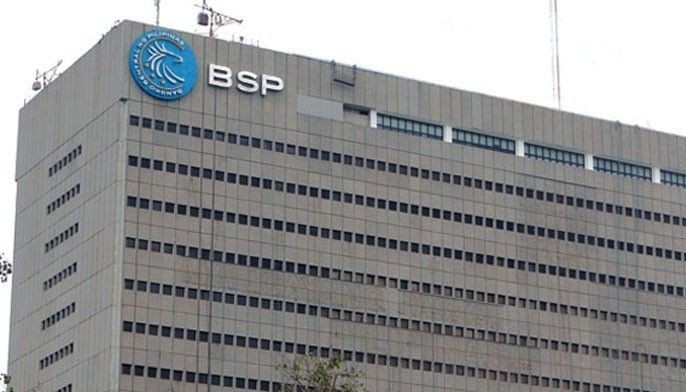Stiffer liquidity rules for banks seen boosting stability despite short-term pain

MANILA, Philippines — The Bangko Sentral ng Pilipinas’ decision to impose tighter liquidity rules on big banks to strengthen their funding resilience will be positive for financial stability over the long-run, BMI Research said, although higher costs will mean short-term pain.
Last month, the BSP announced it will adopt the Net Stable Funding Ratio or NSFR, for universal and commercial banks beginning January 1 next year.
Under the NSFR, universal and commercial lenders are required to maintain enough money supply to fund their liquidity needs for one year to ensure banks can service withdrawals or process transaction.
“The BSP has typically been ahead of its regional peers when it comes to the adoption of macro prudential regulations and we believe that this will continue to help safeguard financial stability,” BMI said in a research note.
“Nevertheless, we expect Philippines banks to feel some pinch in the short-term in the form of higher transition and funding costs as they adjust their balance sheets in order to comply with the new standard,” it added.
The central bank’s new rules are a key part of the Basel III regulatory framework—a set of measures crafted by international policy makers that aims to strengthen banks’ regulation, supervision and risk management to prevent a repeat of a global financial crisis.
The BSP said the additional requirement will complement the Liquidity Coverage Ratio, which requires big players to hold sufficient “high quality liquid assets” that can be easily converted into cash to cover their expected funding needs for 30 days.
To ensure a smooth transition, the BSP said it will conduct an observation period of six months from July 1, 2018 to Dec. 31, 2018 to give enough room for “prompt assessment and calibration” of the components of the NSFR.
Once the new requirements are implemented next year, the central bank will impose sanctions on banks that will not meet the prescribed minimum ratio depending on the “persistence and gravity” of the breach.
According to the Fitch Unit, banks will likely be forced to cut back on short-term wholesale funding and raise deposit rates to attract more retail deposits, which could see funding costs increase over the coming quarters.
But BMI noted that this is unlikely to be a big issue for most Philippine banks given that the overall industry loan-to-deposit ratio (LDR) stood at 74.3 percent as of April 2018.
Meanwhile, banks are likely to be discouraged from conducting business that involve higher required stable funding which may see banks cut back on long-term lending, BMI said, adding that such an effect could undermine banks’ traditional role in liquidity and maturity transformation in the economy.
“This poses downside risks to economic growth in the Philippines given that the country has an underdeveloped capital markets and businesses rely more on banks for long-term financing,” it added. — Ian Nicolas Cigaral
- Latest
- Trending






























